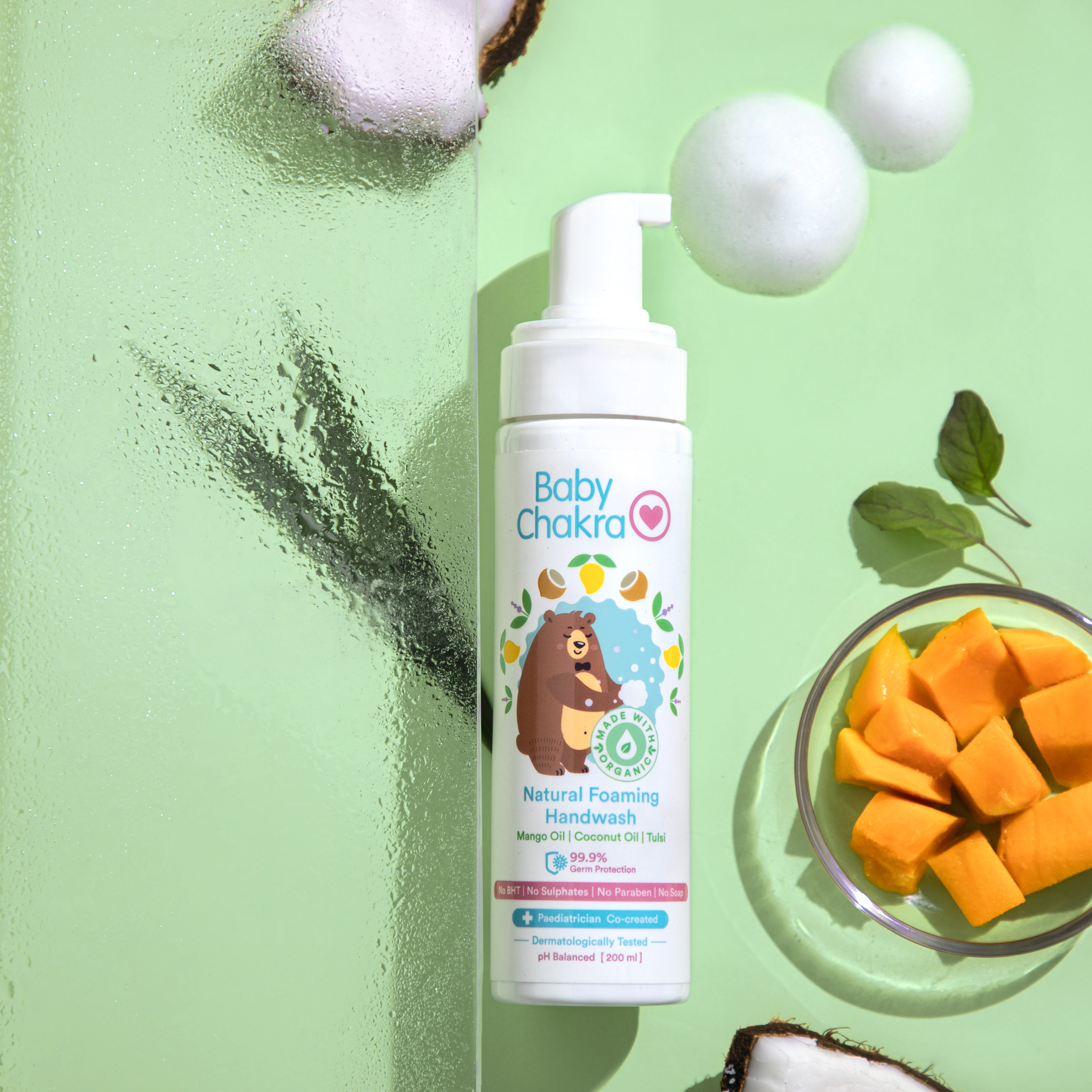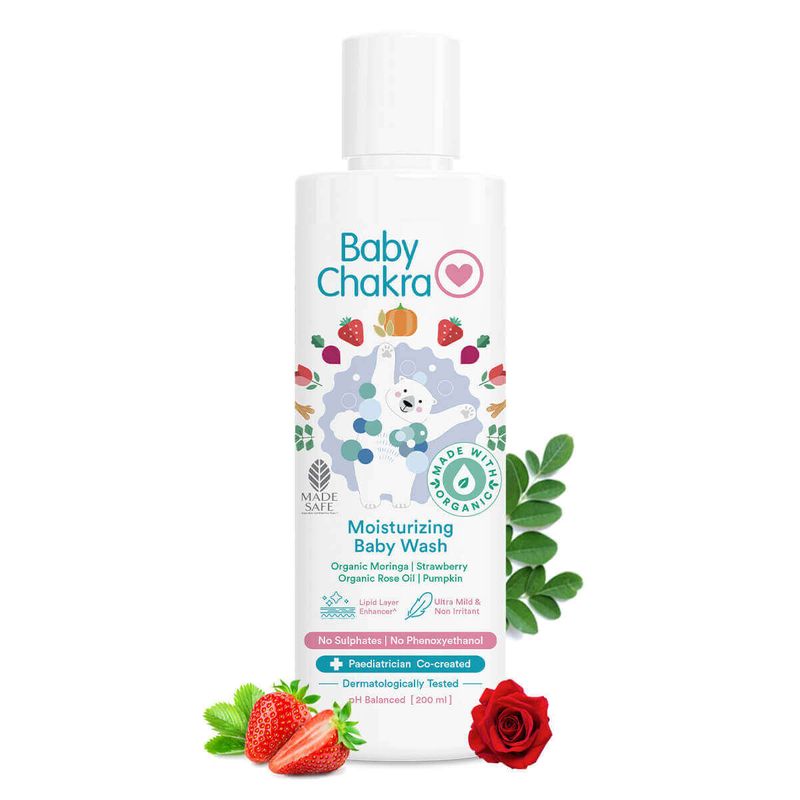
World Haemophilia Day: Understanding The Symptoms, Causes, And Prevention
17 Apr 2023 | 5 min Read
Manisha Pradhan
Author | 1053 Articles
Haemophilia is a rare genetic disorder that affects the blood’s ability to clot, resulting in excessive bleeding and easy bruising. This condition mostly affects males, and although there’s no cure, it can be managed with proper treatment.
On World Haemophilia Day we’ve listed the symptoms, causes, and prevention of haemophilia.
Understanding The Symptoms, Causes, And Prevention Of Haemophilia In Kids
What is Haemophilia?
Haemophilia is a bleeding disorder caused by a deficiency in clotting factors in the blood. Clotting factors are proteins that work together to form blood clots and stop bleeding. In people with haemophilia, the clotting process is impaired, leading to prolonged bleeding episodes. There are two main types of haemophilia:
- Haemophilia A: This is the most common type, caused by a deficiency in clotting factor VIII.
- Haemophilia B: Also known as Christmas disease, this type is caused by a deficiency in clotting factor IX.
Symptoms Of Haemophilia
Haemophilia symptoms can range from mild to severe, depending on the level of clotting factor deficiency. Some common symptoms include:
- Frequent nosebleeds
- Easy bruising
- Prolonged bleeding from minor cuts or injuries
- Bleeding into joints, resulting in pain and swelling
- Bleeding into muscles, causing tightness and discomfort
- Blood in the urine or stool
In severe cases, spontaneous bleeding can occur without an obvious cause or injury. This can be life-threatening and requires immediate medical attention.
Causes of Haemophilia
Haemophilia is a genetic disorder, meaning it is passed down through families. The gene responsible for producing clotting factors is located on the X chromosome. Since males have one X and one Y chromosome (XY), and females have two X chromosomes (XX), haemophilia primarily affects males.
A male with the defective gene on his X chromosome will have haemophilia. Females with one defective gene are carriers and can pass the condition to their children. If a carrier female has a child with a male who does not have haemophilia, there is a 50% chance that their sons will have the disorder and a 50% chance that their daughters will be carriers.
Preventing Haemophilia
Since haemophilia is a genetic disorder, it cannot be prevented through lifestyle changes or medication. However, if you or your partner have a family history of haemophilia, you may want to consider genetic counselling. This can help you understand the risks and make informed decisions about family planning.
If you’re pregnant and have a family history of haemophilia, prenatal testing can determine if the fetus has the disorder or is a carrier. Early diagnosis can help you and your healthcare team develop a plan to manage the condition from birth.
Managing Haemophilia
Although there’s no cure for haemophilia, proper treatment and care can help kids lead healthy, fulfilling lives. Treatment typically involves replacing the missing clotting factor through intravenous infusions, either on-demand during bleeding episodes or as a regular preventive measure.
Other management strategies include
- Prompt treatment for injuries and bleeding episodes
- Regular dental care to minimize gum bleeding
- Avoiding contact sports or activities with a high risk of injury
- Using protective gear, such as helmets and padding when engaging in physical activities
- Avoiding aspirin and nonsteroidal anti-inflammatory drugs (NSAIDs), which can increase bleeding risk.
FAQs
How is haemophilia treated?
Hemophilia is mainly treated by replacing the missing clotting factors through intravenous injections. Other treatments include pain management, physical therapy, and preventive measures to reduce the risk of bleeding.
Can haemophilia be cured?
There is no cure for haemophilia, but with proper management, individuals with the condition can lead normal, healthy lives.
How can I help my child with haemophilia?
Work closely with your child’s healthcare team, learn about the disorder, encourage a healthy lifestyle, ensure regular check-ups, and provide emotional support.
Are there any complications related to haemophilia?
Complications can include joint damage, infections, inhibitor development, and life-threatening bleeding episodes.
Are there support groups for families with haemophilia?
Yes, there are support groups and organisations that exist like the Hemophilia Federation India (HFI).
Can children with haemophilia participate in sports?
Yes, children with haemophilia can participate in sports, but it’s essential to choose activities with lower risks of injury and consult with their healthcare team for guidance.
Which sports are considered safe for children with haemophilia?
Safe sports include swimming, walking, golf, cycling, and table tennis, as these activities have a lower risk of injury and joint damage.
Which sports should be avoided if my child has haemophilia?
Contact sports and high-impact activities, such as football, hockey, wrestling, and gymnastics, should be avoided due to the risk of injury and bleeding
Can my child with haemophilia participate in physical education (PE) at school?
Yes, children with haemophilia can take part in PE classes, but it’s important to inform the school and teachers about your child’s condition and any necessary modifications or precautions.
Genetic counselling and prenatal testing can help individuals with a family history of the condition make informed decisions about family planning and management. While there is no cure for haemophilia, treatment options are available to manage the disorder effectively. This often involves replacing the missing clotting factor through intravenous infusions and taking preventive measures to minimize injury and bleeding risk. With proper care and management, individuals with haemophilia can lead healthy, fulfilling lives.
By understanding the symptoms, causes, and prevention strategies related to haemophilia, we can raise awareness and support those affected by this rare genetic disorder.
Check out these natural and safe baby care products that are specially made keeping a baby’s tender skin in mind.
Also Read:
Keeping Kids Safe During The Heatwave
5 Natural Ways To Remove Tan After Swimming That Are Safe For Kids
A


Related Topics for you
Suggestions offered by doctors on BabyChakra are of advisory nature i.e., for educational and informational purposes only. Content posted on, created for, or compiled by BabyChakra is not intended or designed to replace your doctor's independent judgment about any symptom, condition, or the appropriateness or risks of a procedure or treatment for a given person.


